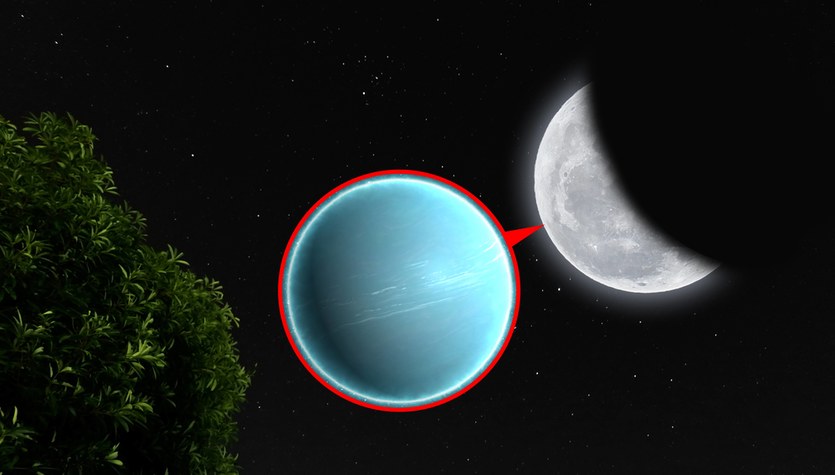When the largest space telescopes take images of distant galaxies, we’re able to get a closer look at their structure. We see spiral arms, clear centers, and any disturbances in the structure caused by encounters with other galaxies. Ironically, we are not able to look at our galaxy in the same way. To do this, we would have to send the probe far enough above the galactic disk so that its cameras can cover the entire disk in its frame. This would mean sending a space probe tens or even hundreds of thousands of light-years away, which is completely out of reach with our current technology.
Therefore, all we can do is try to reconstruct the shape of the galaxy based on data collected from our immediate surroundings within the galactic disk. However, this is not an easy task. It’s as if we wanted to know what our house looks like from the outside, without ever leaving our room.
Read also: The Milky Way Galaxy is not what you think. We were so wrong
Since the Milky Way Galaxy is made up of hundreds of billions of stars, wherever we look we find stars, dust, and gases that prevent us from seeing what is behind it.
However, the latest information about the structure of our Galaxy is provided by the Gaia satellite, whose main mission is to study the distances, velocities and positions of more than a billion stars in our Galaxy. It was data from this satellite that showed that the galactic disk is not flat at all, and that its plane is distorted at the outer edges. Early studies indicated that these distortions may be the result of collisions with several dwarf galaxies orbiting the Milky Way. However, in their new work, astronomers point to an alternative origin for this unusual form: dark matter.
It is generally accepted that every large galaxy is immersed in a vast halo of dark matter. Furthermore, dark matter typically makes up most of the mass in such a system. Therefore, it can inevitably affect the shape of structures made of visible matter in the galaxy.
Authors of the last article Publications on the arXiv preprint server suggest that if the dark matter halo is tilted at a certain angle relative to the galactic disk, the influence of its gravity over billions of years could distort its edges.
To check if this is possible, scientists ran computer simulations from IllustrisTNG, which show the evolution of the galaxy after taking into account cosmic evolution, dark matter, and magnetohydrodynamic interactions. The researchers showed that the dark matter halo in our case may be tilted relative to the galactic disk as a result of galaxy collisions, but also due to the close flyby of other galaxies close to the Milky Way.
When data from the Milky Way, such as its age and size, was fed into the simulation, it was found that after 6 billion years, the shape of the simulated galaxy matched the actual shape observed by the Gaia space observatory. Further observations of our own galaxy, but also of many other galaxies, will allow us to determine whether dark matter is distorting the disk of our galaxy in the coming years.

Echo Richards embodies a personality that is a delightful contradiction: a humble musicaholic who never brags about her expansive knowledge of both classic and contemporary tunes. Infuriatingly modest, one would never know from a mere conversation how deeply entrenched she is in the world of music. This passion seamlessly translates into her problem-solving skills, with Echo often drawing inspiration from melodies and rhythms. A voracious reader, she dives deep into literature, using stories to influence her own hardcore writing. Her spirited advocacy for alcohol isn’t about mere indulgence, but about celebrating life’s poignant moments.









